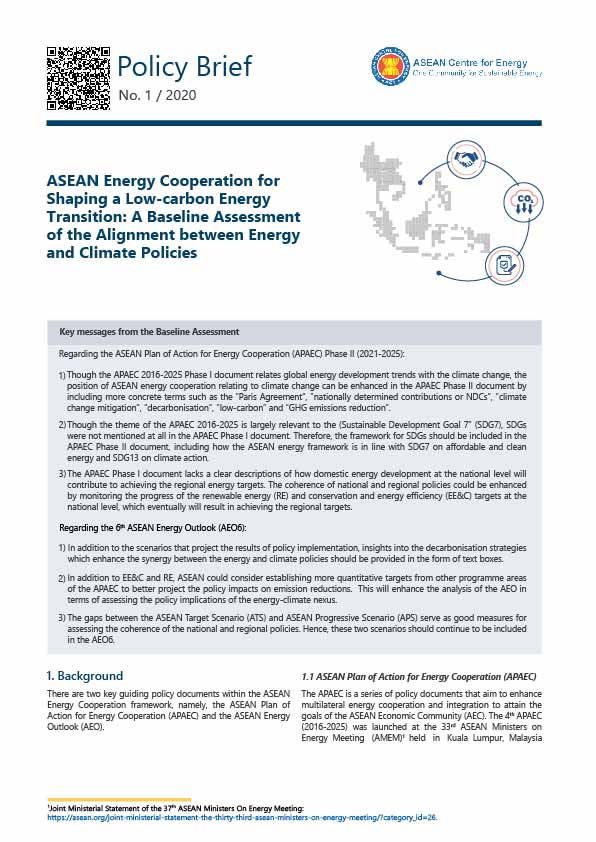ASEAN Energy Cooperation for Shaping a Low-carbon Energy Transition: A Baseline Assessment of the Alignment between Energy and Climate Policies

Category
Tag
Author
ASEAN Centre for Energy
Regarding the ASEAN Plan of Action for Energy Cooperation (APAEC) Phase II (2021-2025):
Regarding the 6th ASEAN Energy Outlook (AEO6):